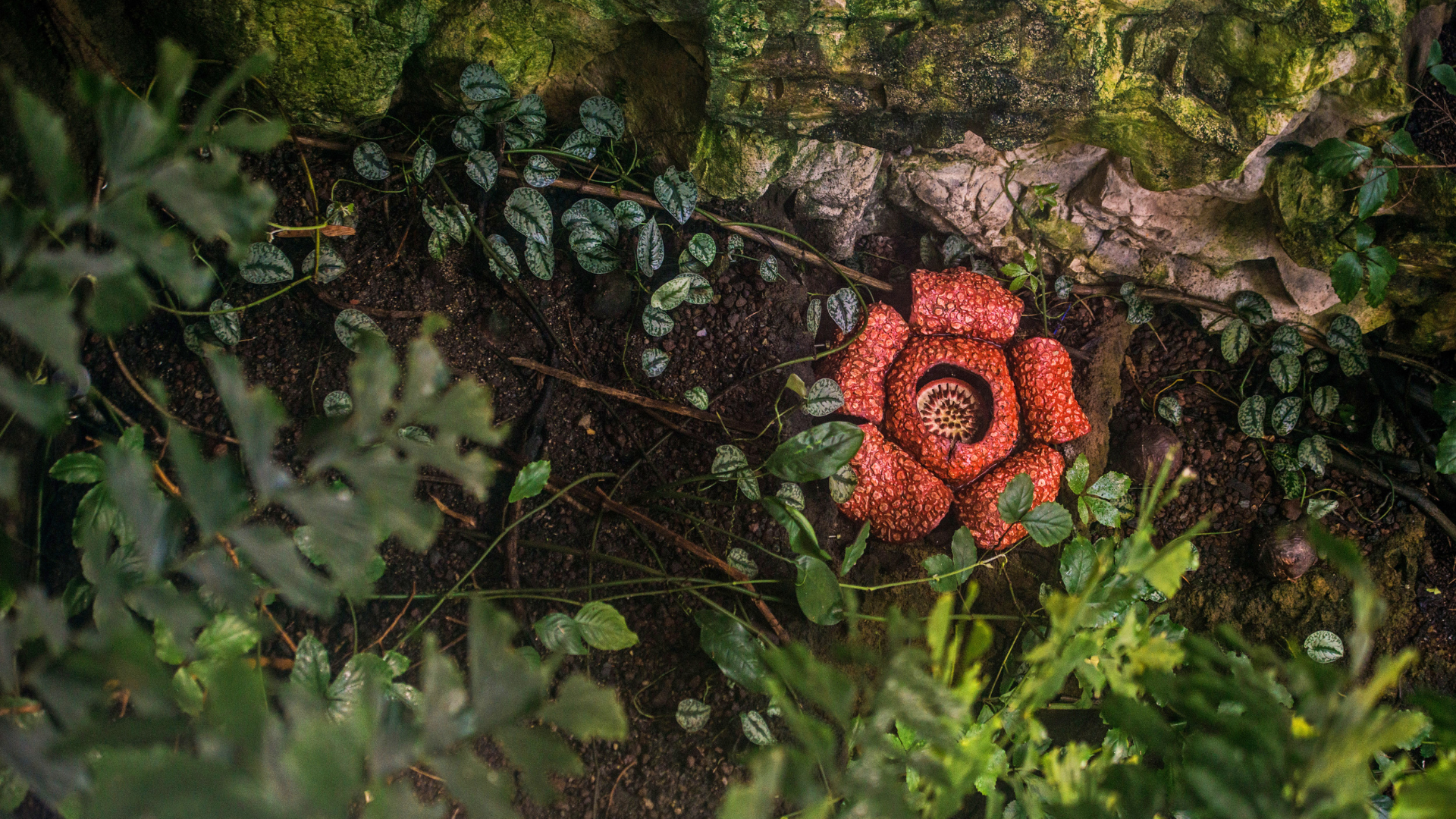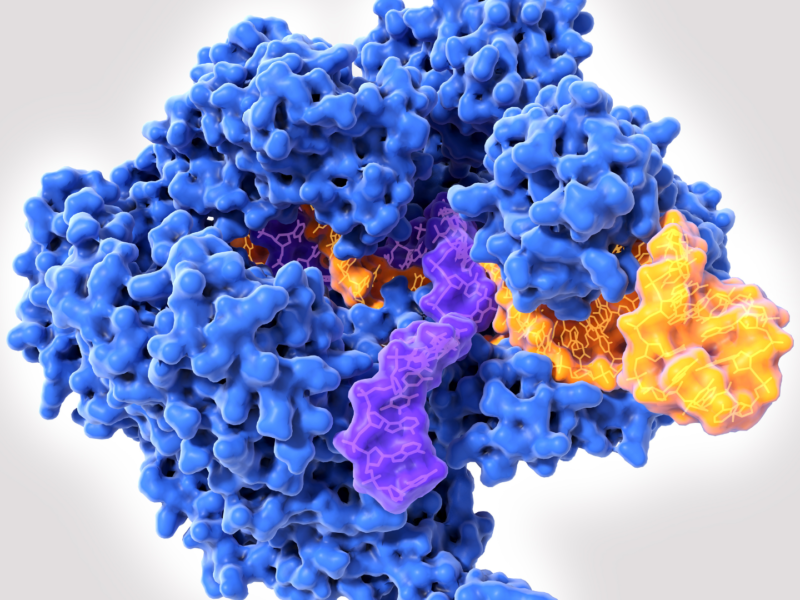If you’ve ever been outside and seen a plant that looks like it’s alive, you might have thought, “What is that? It doesn’t move.” It turns out there are some truly fascinating plants in the world that are capable of sucking insects into their mouths.
These plants are known as bug-eaters and they can be found all over the world. Some of these plants even have medicinal properties, making them even more valuable. Discover 11 amazing insect-eating plants in this article.
1. Yerba Santa
This plant is native to South America and it is known for its ability to consume insects. It has long leaves and grows in shady areas. The leaves are also sharp so they can easily pierce an insect’s exoskeleton.
2. Ocimum Tenuiflorum
This plant is found throughout the world and it is known for its ability to digest soil nutrients from the bugs that eat it. The leaves of this plant are small and have a serrated edge which helps it break down the insect’s body parts.
3. Citrullus Lanatus
This plant is commonly found in Europe and Asia Minor and it is known for its deep roots that help it extract nutrients from the soil. The roots of this plant also have barbs on them which help it trap prey items inside the root canal network. The barbs on the roots also make this plant excellent at eating insects that fall into water sources like ponds or streams!
4. Yucca Brevifolia
Yucca brevifolia is commonly found in North America and it is known for its ability to detoxify the environment. The leaves of this plant are very small and they have a serrated edge. The serrated edge helps it break down the insect’s body parts.
5. Spiderwort
Spiderwort is a plant native to Europe and Asia that can digest small prey-like insects. It uses a process called lignification to turn dietary material into sugar molecules which it then absorbs. This helps spiderwort survive during tough times when there are fewer food options available.
6. Buttercup
Buttercup is a flowering plant found throughout North America and Eurasia. It has been known to eat caterpillars, beetles, and other small pests. The toxins created by buttercup flowers help them kill their prey, as well as defend themselves from predators.
7. Senna
Senna is an annual herb found in warm climates around the world. It has been known to consume large amounts of insect biomass, which helps it acquire essential nutrients for growth. Senna also produces compounds that deter predators from attacking the plant.
8. Rafflesia
Rafflesia is a stunning flower found in Sri Lanka and Thailand. Its name comes from Sir Stamford Raffles, who first discovered it in 1819. Rafflesias extract nutrients from insects they feed on, using a process called phagotrophy. This allows them to grow extremely large; some specimens can reach up to 6 feet tall!
9. Ginkgo
Ginkgo is an ancient tree found in China, Japan, and Korea. It is one of the oldest living species on Earth, with specimens dating back more than 300 million years. Ginkgo trees use a method called Xylogenesis to digest small prey-like insects. This process uses the tree’s woody tissues to create sugary molecules that are then absorbed.
10. Dionaea muscipula (Venus flytrap)
The Venus flytrap is a carnivorous plant found in North America and parts of Europe. It uses a special mechanism called trapping and closing to capture its prey. Once the insect is trapped, Dionaea muscipula uses digestive enzymes to break down its body into simple nutrients that the plant can absorb.
11. Bladderwort
Bladderwort is a plant that lives in wet areas such as marshes and ponds. It has long, stringy roots that can reach down to 80 feet below the surface of the water. Bladderwort grows up to 2 feet tall and has blue-green leaves that are covered in sticky mucilage. The flowers are pink or white and look like small umbrellas.
The bladders of bladderwort plants trap insects inside them. The insects drown and die because they can’t get out. This is how bladderwort gets its name. It used to be thought that the bladders were filled with liquid, but it’s now known that they are actually full of air pockets. When an insect lands on the bladder, the air pressure inside causes the bladder to expand, trapping the insect inside.



